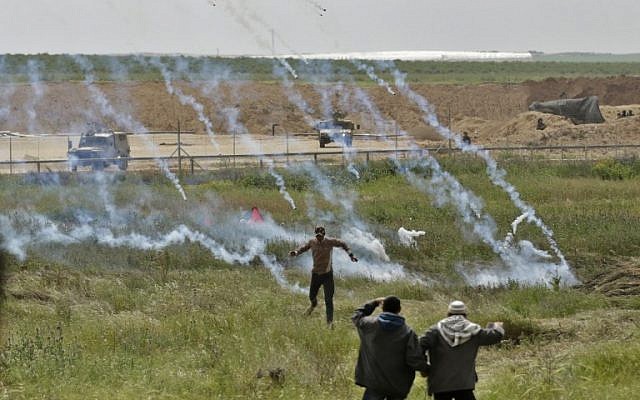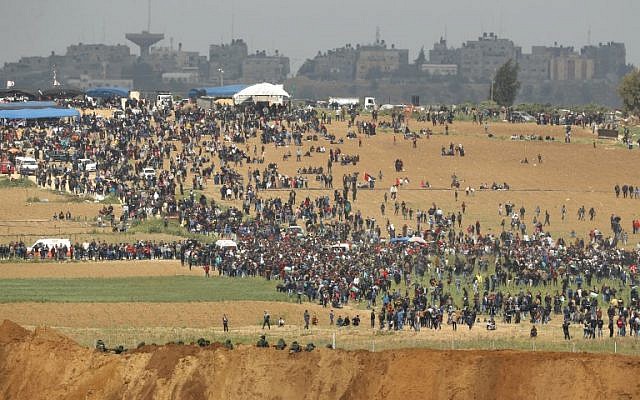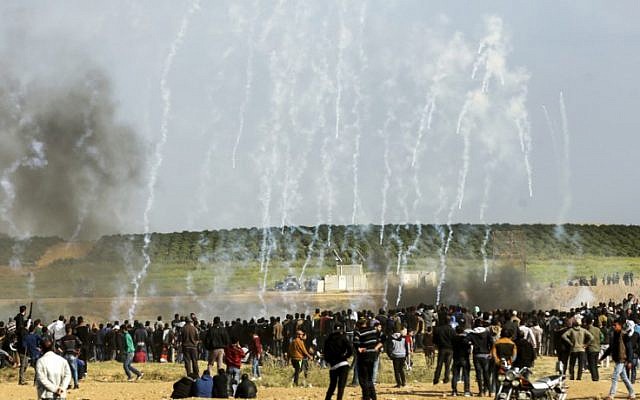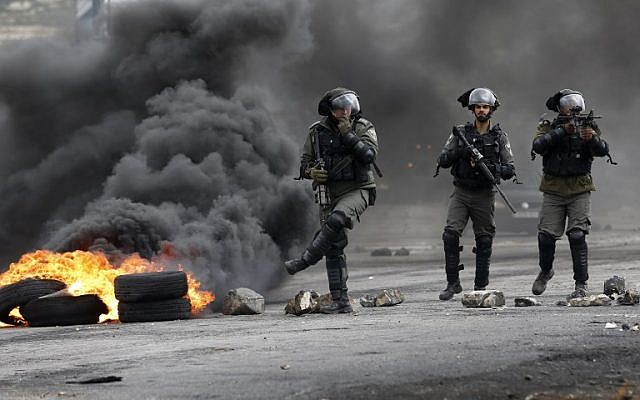By Jonathan C. Brentner
Jesus’ tomb is empty; it’s an established historical fact. All the attacks on Jesus’ resurrection come in the form of trying to explain the vacant grave. They do this because they cannot deny the reality that His body was missing from His tomb.
However, no one has ever been able to come up with a credible explanation for Christ’s empty grave. Jesus is indeed alive!
The resurrection matters so much to our faith because if Jesus did not walk bodily out of His grave, if His body was buried somewhere else in ancient Israel, then humanity has absolutely no hope.
Paul said this in 1 Corinthians 15:17-19, “And if Christ has not been raised, your faith is futile and you are still in your sins…If in Christ we have hope in this life only we are of all people most to be pitied.” Do you understand what the apostle is saying here? If Christ did not rise from the dead, then our faith in Him is totally worthless and we are more to be pitied than anyone else in the world. Wow!
The reality of Jesus’ resurrection matters to our hope in so many ways!
1. The Resurrection Verifies Jesus’ Claims
I hear so many people say Jesus was a good moral teacher, but they deny most, if not all, the claims Christ made about Himself.
What would happen if I were to go through the area where I live making these claims?
– That I was equal with God the Father
– That I was the only way to God the Father and eternal life
– That those who reject me will perish; they will end up in hell
– That as God I had the ability to forgive sins
– That after three days I would rise from the dead
– That someday I would return to the earth in great glory with all the world watching
– That I was the only way to God the Father and eternal life
– That those who reject me will perish; they will end up in hell
– That as God I had the ability to forgive sins
– That after three days I would rise from the dead
– That someday I would return to the earth in great glory with all the world watching
Would I be hailed as a great teacher after making such claims? Something inside me says, “No!” I would more than likely end up in the psych ward at the local university hospital under lock and key.
No one can make the claims listed above (all of which Jesus made during His ministry) and later be regarded as a fantastic teacher. It’s impossible.
You cannot make the assertions Christ did without backing them up in a convincing and overwhelming way. Jesus’ resurrection did exactly that!
2. The Resurrection Establishes Jesus’ Credibility
So many people say they worship and trust Jesus, but then state they do not believe so many of the things He said.
Suppose you are selecting a guide to take you on a three-day hike deep into a dense and dangerous wilderness territory. You have read Surviving in the Backwoods written by candidate A and although he said many things in his book that you like, you believe he got almost everything wrong about what it takes to survive in the wild. And on top of that, he has never ever hiked in the area you want to explore.
Would you hire him? Unless you feel a tad suicidal at the moment, probably not.
Is this not what so many do with Jesus? They believe He was wrong about the Genesis story of Adam and Eve, the Genesis flood, and the credibility of the Old Testament but claim to worship Him. I do not understand such logic. Why would anyone revere someone who in their mind was flat out wrong about so many basic aspects of their faith?
The resurrection verifies that Jesus is trustworthy not only in His claims about Himself, but in everything else He said. It also proves He is able to do the impossible.
3. Jesus Alone Is Able to Take Us Home
Jesus’ resurrection gives us hope because it demonstrates He is able to give us eternal life.
If I am alive when Jesus returns, He will change my earthly body into an immortal and imperishable one and take me to His Father’s house, to a place He has specially prepared for me. The same is true if I die before His appearing. It should be beyond obvious I cannot do any of this for myself once I am dead.
So, how can I trust Jesus to do the impossible in raising me from the dead and at the same time say his beliefs about the purpose of marriage, God’s creation of each of us as either male or female, and His views on morality and the sanctity of life are not only totally wrong but highly offensive? I absolutely cannot do that. Either Jesus is right about marriage and life or He is a fraud incapable of giving me eternal life or providing any hope in this life or in eternity. There is no middle ground.
If Jesus got these basic things totally wrong then He is still in a grave somewhere, is either a lunatic or a liar (if not both), and my faith is utterly in vain (at best). The tens of millions of people throughout history who died refusing to denounce Christ gave their lives totally in vain failing to denounce some liar who lived long ago.
Are you beginning to see why I cannot say Jesus was wrong about these controversial issues and still have an ounce of faith in Him?
Listen to the words of the apostle Paul again, “But in fact Christ has been raised from the dead, the firstfruits of all those who have fall asleep” (1 Cor. 15:20). This is where our hope rests!
Jesus is alive; He rose from the dead; His words are true regardless of what anyone says about them.
Because Jesus rose from the dead, we know that all His words are true regardless of how unpopular they are at the moment. Popularity does not establish credibility or truth; Hitler was incredibly popular in Germany during the 1930’s and early 1940’s. Now his name is an anathema everywhere on earth.
Jesus was the most unpopular person of His day. But today, two thousand years later, hundreds of millions of people trust Him to give them everlasting life because His tomb is empty. Jesus’ resurrection forever establishes his words as true and gives us an unfailing foundation for our hope. He is alive; He is coming again!!!
The resurrection is why we treasure the words of Jesus and trust Him. It’s why we possess an unfailing hope of spending eternity with Him.
It’s why we can have supreme confidence in His claims, words, and supernatural power.
He’s alive! He’s alive indeed!


















